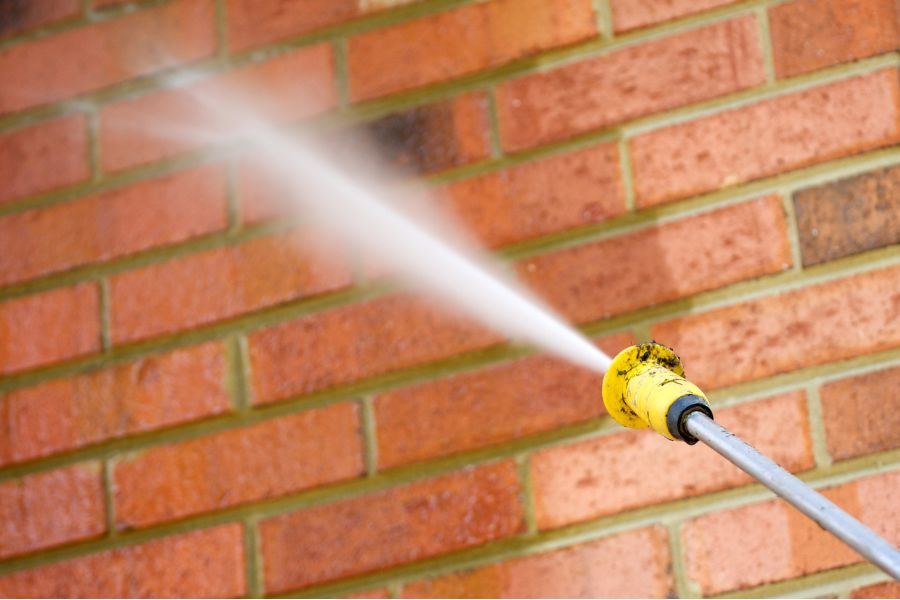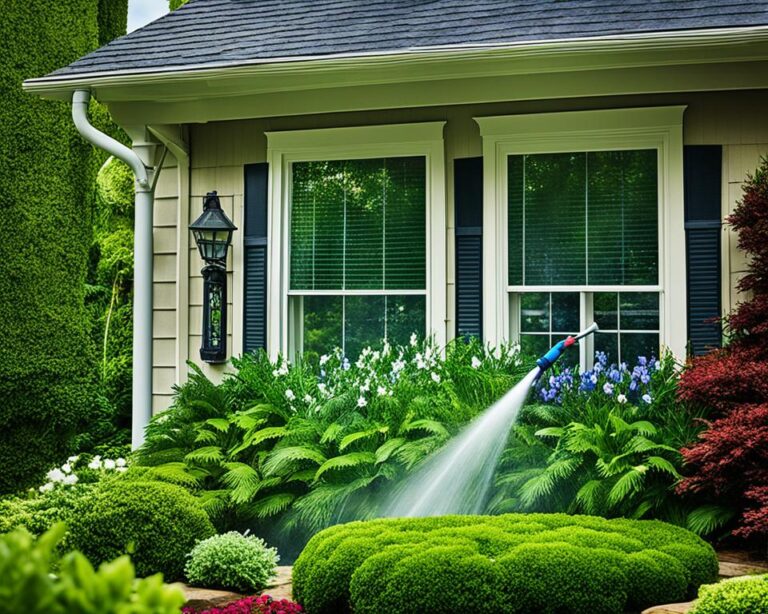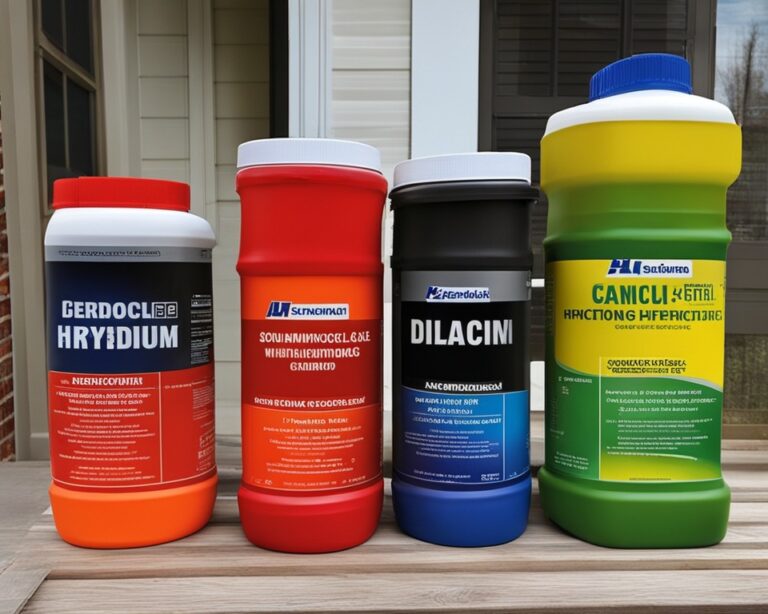Is Pressure Washing Bad For Your House?
Pressure washing is a common way to keep your home looking great. But, it can harm your home’s exterior if not done right. It’s often the first step before painting, but it can cause problems like water damage, harm to siding, and losing mortar in brick houses.
It can also remove lead paint chips, which is dangerous for your health. Yet, when used correctly, pressure washing can clean decks, fences, driveways, and more. Just make sure to use the right pressure.
This article will look into the dangers of pressure washing and how to do it safely. We’ll also talk about when it’s good to use pressure washing. You’ll learn how it can improve your home’s look and help with upkeep.
Understanding the Risks of Pressure Washing Your Home
Pressure washing can clean your home’s exterior well, but it has risks. Using it wrong or too much can harm your home’s siding, surfaces, and structure. The strong water can remove paint, dent materials, and crack mortar or brick.
Potential Damage to Siding and Surfaces
Soft siding materials like wood, stucco, or aluminum are at risk from pressure washing. The high-pressure water can damage the surface, harm the wood grain, and remove brick mortar. This can cause expensive repairs and make your home look worse.
Water Infiltration and Moisture Issues
Pressure washing can also lead to water getting into your home. The strong water can go under the siding, causing water to build up inside your walls. This can lead to mold, rotten insulation, and other problems that are hard to see until it’s too late.
Be careful when pressure washing your home to avoid these problems. Talking to a professional or following safety tips can help reduce risks. This way, you can keep your home’s exterior safe and looking good.
When Pressure Washing is Beneficial
Pressure washing can be risky for a home’s exterior but is also very useful when done right. It’s great for cleaning outdoor areas like decks, fences, asphalt, concrete, and patio furniture. At the right pressure, it removes dirt, mold, and mildew, making your home look better and more inviting.
Routine Maintenance and Improved Curb Appeal
Regular pressure washing is key for getting surfaces ready for painting or staining. It also saves money by avoiding expensive repairs from dirt buildup. Plus, it’s quicker and easier than cleaning by hand, making it a top choice for homeowners wanting to keep their homes looking great.
Pressure washing boosts your home’s health and safety by killing bacteria and keeping pests away. It also makes your home more attractive to buyers, potentially raising its value. When a pro does it, it’s good for the planet too, using less water and no harmful chemicals.
Preparing Your Home for Safe pressure washing
Before starting a pressure washing project, it’s key to prepare safely and effectively. This preparation protects your home and keeps you and your family safe during cleaning.
Choosing the right pressure washing equipment is a top priority. Pick a pressure washer that fits the materials and surfaces you’ll clean. The Ryobi Electric Pressure Washer, priced at $99, is a great choice for homeowners. It’s compact and has adjustable pressure, making it versatile for many cleaning tasks.
Wearing protective gear like safety goggles and gloves is also crucial. This gear helps prevent injuries from pressure washing. About 8% of incidents involve eye injuries, showing how important eye protection is.
Clear the area of obstacles before washing to avoid tripping. Trips make up about 10% of pressure washing injuries. Also, turn off all outdoor power sources to prevent electrical hazards, which are 5% of incidents.
Sealing cracks or openings in siding or windows is vital. This step helps prevent water infiltration and moisture issues. Water leaks from open doors or windows can cause nearly 12% of water damages during pressure washing.
Proper preparation and execution of pressure washing can greatly reduce damage risks to your home. It ensures a successful cleaning outcome.
The Power of Low-Pressure Washing
Homeowners who are cautious about pressure washing might prefer a gentler option. Using a garden hose and a nylon scrub brush is a safer choice. This method, with pressures between 60 to 300 psi, cleans your home’s exterior safely.
Gentler Approach for Delicate Surfaces
The lower pressure prevents water from entering cracks and damaging surfaces. The scrub brush removes tough dirt and grime. It’s great for delicate materials like wood, vinyl, and stucco, keeping their protective coatings intact.
This method also stops mold, algae, and bacteria from coming back for months. It’s a green way to keep your home looking good. Even though it takes longer than power washing, it’s safer and more controlled.
Choosing this method is smart, especially in damp places where mold and mildew grow fast. It helps you keep your home in top shape without worrying about expensive repairs later.



